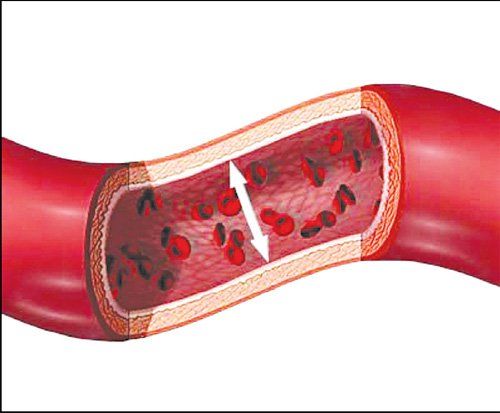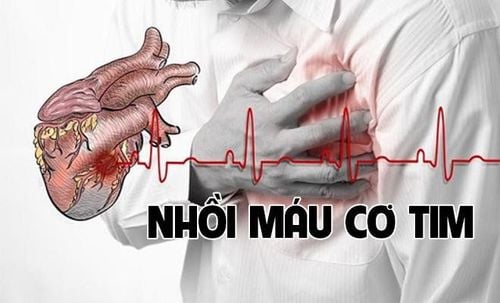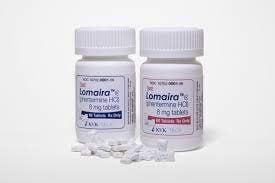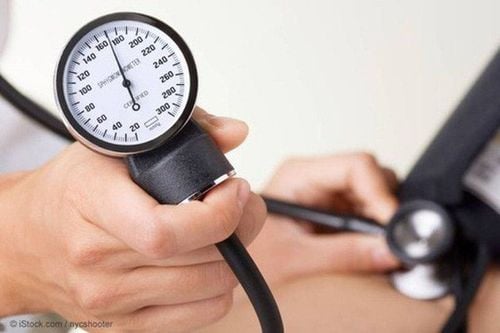This is an automatically translated article.
The article is professionally consulted by Master, Doctor Pham Van Hung - Department of Medical Examination & Internal Medicine - Vinmec Danang International General Hospital.
Blood pressure is one of the simplest parameters to assess the state of human health. High or low blood pressure will make us tired, uncomfortable and even lead to many dangerous complications. Blood pressure is composed of two components, systolic blood pressure and diastolic blood pressure. In particular, the systolic blood pressure index usually receives the most attention.
1. What is systolic blood pressure?
When measuring blood pressure, especially with an electronic device, we often see two readings: the maximum blood pressure - also known as the systolic blood pressure, and the minimum blood pressure - also known as the diastolic blood pressure. . However, not everyone understands what these blood pressure readings mean.Systolic blood pressure is the force of blood against the arteries when the heart contracts. This number is always of more interest, because it shows the heart's ability to pump blood to the organs. Specifically, during each heartbeat, a certain amount of blood is ejected from the heart out of the body, the pressure of that blood on the artery walls is called the systolic blood pressure.

At the time when the last heart beat is heard before it can no longer be heard is the diastolic blood pressure. This is the blood pressure on the artery wall when the heart relaxes and this number is often overlooked, because it only reflects the elasticity of the vessel wall, which is difficult to change.
The difference in systolic and diastolic blood pressure keeps a certain difference to create perfusion pressure for organs. However, this difference should never be equal to or less than 20 mmHg. If this number is below this number, the doctor will consider this to be a case of clamped blood pressure and will conduct emergency treatment.
Trắc nghiệm: Huyết áp của bạn có đang thực sự tốt?
Huyết áp cao hay thấp đều ảnh hưởng đến tình trạng sức khỏe con người. Để biết tình trạng huyết áp của bạn có thực sự tốt không, hãy làm bài trắc nghiệm sau đây để đánh giá.2. What is a normal systolic blood pressure reading?
Systolic and diastolic blood pressure levels are particularly important for the proper functioning of vital organs such as the heart, brain, and kidneys, as well as for general body health. In particular, the meaning of systolic blood pressure is the basis of perfusion for the organs to function properly.So what is the normal systolic blood pressure? According to the World Health Organization (WHO), a normal systolic blood pressure is between 90 mmHg and 140 mmHg.
Your doctor will diagnose you with hypertension when your systolic blood pressure is 140 mmHg or higher and/or your diastolic blood pressure is 90 mmHg or higher.
3. How dangerous is systolic blood pressure disorder?
Systolic blood pressure when kept stable is a reflection of the circulating volume in the body being circulated stably, blood is regularly pumped by the heart to supply organs. In the case of systolic blood pressure suddenly rising or falling abnormally, it makes the body uncomfortable and sometimes leads to dangerous diseases.For sudden increase in systolic blood pressure, patients will experience severe headache, neck and shoulder fatigue, heart palpitations, chest heaviness, shortness of breath, blurred vision... Measurement of blood pressure shows systolic blood pressure readings up. rapidly, possibly up to 200 mmHg or more. Without timely intervention, systolic blood pressure that is too high can damage blood vessels in the brain, causing stroke, blockage of blood vessels supplying the heart, causing myocardial infarction or respiratory failure due to pulmonary edema, acute kidney failure, etc. ruptured aortic dissection and easily lead to death.

4. How to control systolic blood pressure?
Because high blood pressure or low blood pressure both affect health. Therefore, each person needs to know how to keep blood pressure stable. Patients with high blood pressure need to follow the doctor's treatment, take medication regularly every day and have regular check-ups as scheduled. Along with this, actively building a healthy lifestyle is also extremely necessary. In which, diet plays a very important role. Encourage eating foods rich in fiber such as brown rice, green vegetables, ripe fruit. Do not eat fat, animal organs, processed products and contain a lot of salt such as pickled cucumbers, braised dishes, rims, salty sauces. Quit smoking and limit alcoholic beverages such as beer and wine.
Particularly for people with low blood pressure, it is recommended to drink more water and eat saltier than normal people as well as have more nutrients, enough meals, and a variety of vitamins. Patients should also live in moderation, get enough sleep, avoid overwork or sudden changes in position. When sleeping, keep your head low and your feet high.
Finally, the most important thing to note is to regularly monitor the blood pressure of yourself and your loved ones, to know your health status and have timely intervention, to avoid possible unfortunate consequences. out.
Master, Doctor Pham Van Hung has 30 years of experience in examination and treatment of internal diseases, especially in Cardiology: coronary arteries, heart failure, heart valves, arrhythmias. ..Master, Dr. Hung used to hold the position of Deputy Head of Cardiology Department and Head of Interventional Cardiology Unit at Da Nang General Hospital and is currently working at Department of Medical Examination and Internal Medicine, Internal Cardiology, and Cardiology. Interventional circuit at Vinmec Da Nang International General Hospital.
Please dial HOTLINE for more information or register for an appointment HERE. Download MyVinmec app to make appointments faster and to manage your bookings easily.














